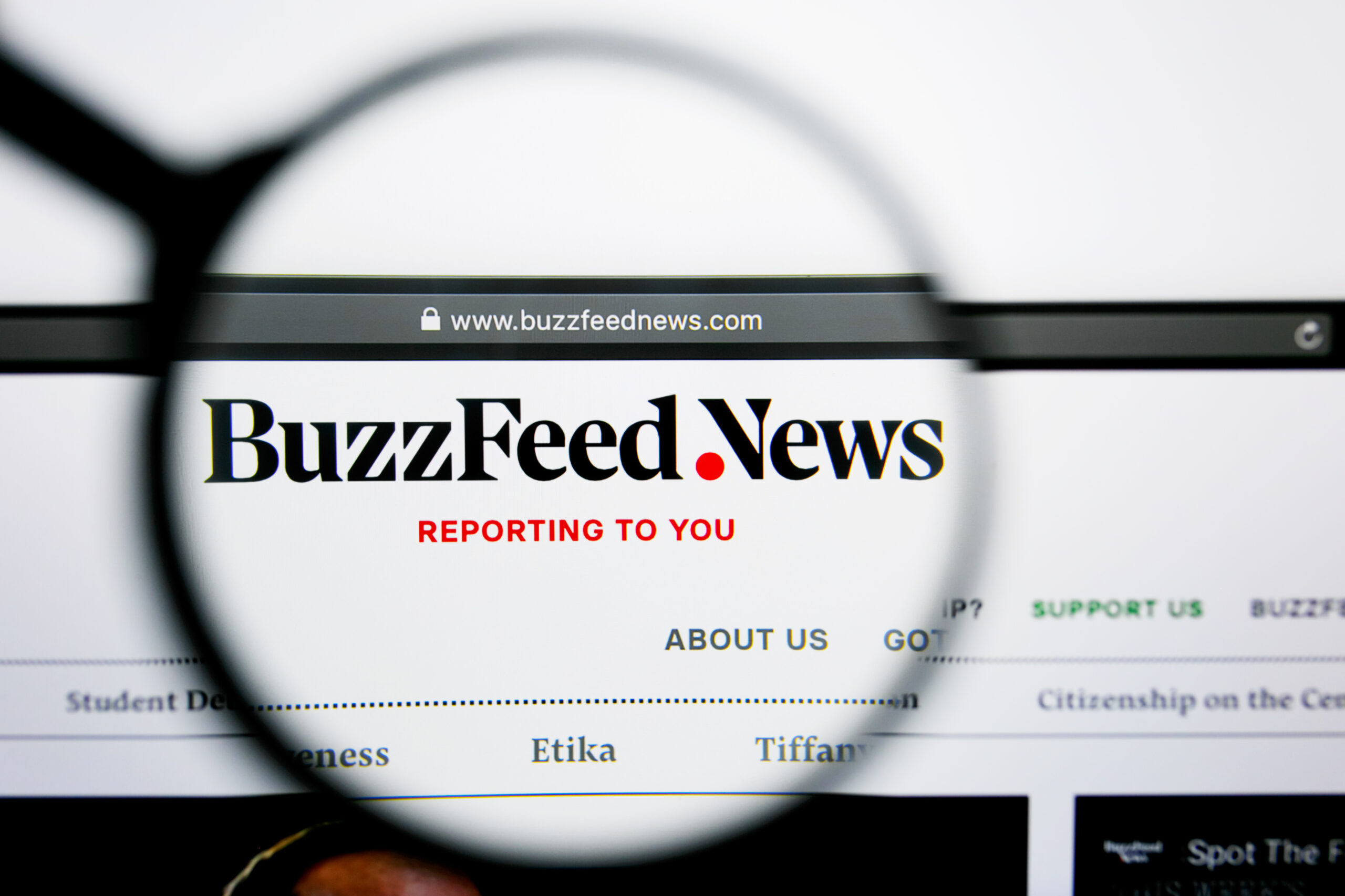September Is Over
The internet as we know it is disappearing; BuzzFeed News is just the first high-profile casualty.

What is happening? I suspect that September is coming to an end.
In the early 1990s, the precipitous increase in internet users led to an “Eternal September”—a constant flood of people into online spaces whose norms they did not know or share. Previously, user influxes were tied to college students getting internet access in September; hence the name.
This Coney Island of the Net made for an era of unparalleled knowledge transfer; anyone could learn anything, from classic watch maintenance to Sumerian grammar. It also kept users in a perpetual rage, dealing with people who were not like them. (What was the Russiagate circus if not a high-profile enactment of the anxiety that strangers can talk to you on the internet?)
BuzzFeed News died last week. It was an ignominious demise, following a preambulatory round of layoffs in 2022. The service’s main legacy is publishing the Steele dossier, which kicked off years of perfervid Russiagate speculation and, in that process, drove former sportscaster Keith Olbermann mad. Its secondary legacy was to illustrate the inability of millennials to create anything permanent rivaling cultural institutions established by the boomers and the generations preceding them. There is not, and can never be, a millennial Henry Luce.
In a muted column for his new whiz-bang media startup, Semafor (sic)—an Axios ripoff with an annoying web design—BuzzFeed News’s former editor-in-chief, Ben Smith, argued that traffic-based ad revenue driven by social media can no longer support serious news media organizations. “Upworthy with incisive original reporting” is not a viable market niche.
“[BuzzFeed CEO Jonah] Peretti had built BuzzFeed into a traffic juggernaut by being among the first to see the rising social web,” Smith wrote. “But BuzzFeed never found a new path when that trend turned against us — when consumers found their Facebook feeds toxic, not delightful; when platforms decided news was poison; and when Facebook, Twitter, and the rest simply stopped distributing links to websites.”
Smith observed that self-contained media brands—HuffPo, Drudge, Yahoo!—have maintained their vigor even as social-first brands run into difficulties. Semafor is his effort to respond to that, with a model based on high-quality intellectual property and newsletter distribution. In parallel, Substack has revived interest in the subscription model of media consumption. Nascent frustration with the explosion of subscriptions has led to the creation of new iterations of the classic newsroom. (Bari Weiss’s Free Press comes to mind.)
In the chaos of the web, people pay for writers but also for editors. In a world of almost infinite content, aggregation and curation command a premium; we call out for an authority who will find the good stuff and give it to us. The magazine and newspaper for text and the channel in video are the stable forms. (Please subscribe to The American Conservative here!) With the stable editorial product comes brand identification; you are a New York Times man or a Fox News man. And so it goes.
As noted in Smith’s autoeulogy, the digital media collapse is downstream from the decline of social media. Twitter, which has always been a bit of a mirage in respect of scale, has by its deterioration driven users away; Facebook, while it still drives significant traffic, has become unusable for all but the most dedicated (and geriatric) users, and its parent company, Meta, seems perpetually to teeter on the edge of fiscal disaster. So far as I know, nobody in the world knows how Instagram can drive web traffic.
(A note: The decline of BuzzFeed News and stories like it countenance the internet as it actually exists. Yet here is a line of argument that traffic-based ad revenue is a completely flawed model, especially in an era when much or most measured web traffic is coming from bots of one type or another. The implosion of web advertising would leave only those media outlets that can support themselves by subscription.)
Meanwhile, search engine optimization is rendering obsolete one of the other drivers of the internet as we know it: open and easy discovery. It has become difficult to find things if you don’t already know they are there and have a fairly specific set of words to extract it from the mass of advertising. (I am currently writing a long piece on sports gambling. Without the inclusion of highly specific search terms, the first twenty results or so, and not just those marked ads, are just links redirecting to online bookmaking websites.)
What is already happening is that internet users’ online behaviors, particularly their socialization, are being relegated to private Slacks, Discords, and Signal chats; these in turn congeal around particular message-boards and forums. The era of everyone talking to everyone all the time is over. We are retreating to the “gated communities” of the mind predicted by Hideo Kojima. This is the old forum model of the internet; instead of a hundred million or a billion users thrown into a general trough like Twitter, they enter into spaces built around affinity groups, with varying degrees of closedness.
Subscribe Today
Get daily emails in your inbox
In short, the internet as we have known it for my entire adult life will melt away. (I’m hardly the first to predict this.)
A kind of virtual localism will assert itself. Nature will heal, and “using the computer” will again become the domain of hobbyists. Some projects, like Urbit and Mastodon, are trying to formalize this changed social structure in the actual architecture of the internet (and, in Urbit’s case, computing itself). The future is, for now, decentralized.
Maybe Keith Olbermann can finally go take a walk or something.